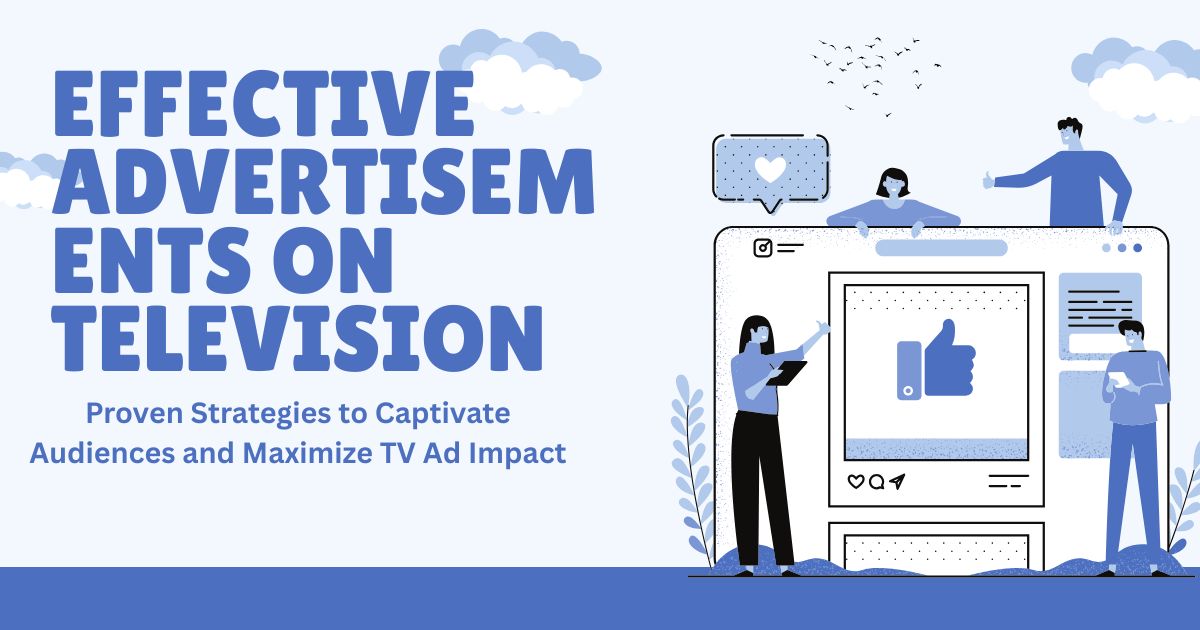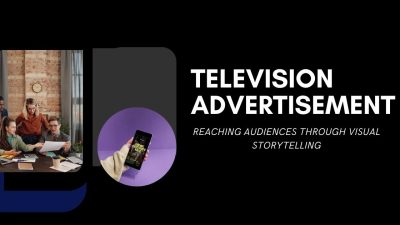Television advertising remains a cornerstone of marketing strategies, with brands spending billions annually to capture viewer attention during commercial breaks. While some ads become cultural phenomena and drive significant sales, others fall flat despite massive production budgets and prime-time placement.
Understanding what makes advertisements ineffective provides valuable insights for marketers, business owners, and anyone interested in the psychology of consumer behavior. Poor advertising doesn’t just waste money—it can actively damage brand perception and alienate potential customers.
This analysis examines three categories of television advertisements that consistently underperform, exploring why they fail to connect with audiences and what lessons can be learned from their shortcomings. By identifying these patterns, we can better understand what separates memorable, effective advertising from forgettable campaigns that viewers actively avoid.
Overly Complex Narrative Advertisements
Some television advertisements attempt to tell elaborate stories within their limited timeframe, creating confusion rather than clarity. These ads often feature multiple characters, complex plotlines, or abstract concepts that require significant mental effort to decode.
Why Complex Narratives Fail
The average television commercial runs between 15 to 30 seconds, leaving little room for sophisticated storytelling. When advertisers try to cram too much information or too many narrative elements into this brief window, viewers struggle to follow along. The result is often confusion about the product being advertised or the intended message.
Complex narrative ads frequently suffer from unclear brand connection. Viewers might enjoy the story but fail to remember which company sponsored the advertisement. This disconnect between entertainment value and brand recall significantly reduces advertising effectiveness.
Common Characteristics
These ineffective ads typically feature:
- Multiple scene changes within a short timeframe
- Abstract metaphors that require interpretation
- Unclear connections between the story and product
- Characters whose motivations aren’t immediately apparent
- Endings that don’t clearly link to the advertised brand
Research shows that viewers make purchasing decisions based on emotional connections and clear value propositions. When advertisements prioritize artistic expression over clear communication, they often fail to achieve their primary objective: driving consumer action.
Excessive Celebrity Endorsement Campaigns
Celebrity endorsements can be powerful marketing tools when executed thoughtfully, but some campaigns rely too heavily on star power while neglecting product benefits or authentic messaging. These advertisements assume that celebrity presence alone will drive sales, often resulting in superficial connections between the endorser and the brand.

The Authenticity Problem
Modern consumers are increasingly skeptical of obvious celebrity endorsements, particularly when the connection between the celebrity and product seems forced or inauthentic. Advertisements featuring celebrities who clearly have no genuine relationship with the product often feel disingenuous to viewers.
This skepticism is particularly pronounced among younger demographics who value authenticity and are more likely to research products independently. When celebrity endorsements feel purely transactional, they can actually decrease brand trust rather than enhance it.
Overshadowing the Product
Another common issue with celebrity-heavy advertisements is that the star’s presence overshadows the actual product being sold. Viewers remember the celebrity but forget the brand, product features, or compelling reasons to make a purchase.
Effective celebrity endorsements integrate the personality naturally with the product benefits, creating memorable associations that extend beyond the advertisement itself. Ineffective campaigns treat celebrities as interchangeable marketing props rather than strategic brand ambassadors.
Warning Signs
Celebrity endorsement ads that typically underperform include:
- No clear connection between celebrity and product category
- Focus on celebrity lifestyle rather than product benefits
- Generic scripted dialogue that could apply to any brand
- Celebrity appearing uncomfortable or unconvincing
- Multiple celebrity endorsers with no unified message
Fear-Based Advertisements Without Solutions
Fear-based advertising attempts to motivate consumer behavior by highlighting potential negative consequences of not purchasing a product or service. While fear can be a powerful motivator when used appropriately, many advertisements rely on anxiety-inducing messaging without providing clear, actionable solutions.

The Anxiety Trap
Advertisements that create fear or anxiety without offering reasonable solutions often backfire by making viewers feel helpless or overwhelmed. This emotional response can lead to ad avoidance behaviors, where consumers actively change channels or leave the room during commercial breaks.
Fear-based messaging is particularly ineffective when the suggested threat feels exaggerated or unrealistic. Viewers who perceive fear tactics as manipulative often develop negative associations with the advertising brand, reducing the likelihood of future purchases.
Missing the Solution Element
Effective fear-based advertising follows a problem-solution format: identify a legitimate concern, then present a clear way to address it. Ineffective campaigns focus heavily on the fear component while providing vague or incomplete solutions.
These advertisements often leave viewers feeling anxious about a problem but uncertain about how the advertised product specifically addresses their concerns. This gap between problem identification and solution clarity reduces conversion potential significantly.
Common Missteps
Fear-based ads that typically fail include:
- Exaggerated threats that seem unrealistic
- Focus on negative outcomes without clear prevention methods
- Guilt-inducing messages that blame consumers
- Solutions that seem disproportionate to the stated problem
- Repetitive fear messaging without variation or hope
Research indicates that while fear can initially capture attention, sustained engagement requires hope and empowerment. Advertisements that leave viewers feeling defeated rather than equipped to take positive action consistently underperform across various metrics.
The Psychology Behind Ineffective Advertising
Understanding why certain advertisement types consistently underperform requires examining the psychological principles that govern consumer attention and decision-making. Effective advertising works with natural cognitive processes rather than against them.
Human attention spans during commercial breaks are naturally limited, making clarity and immediate relevance essential. Advertisements that require significant mental processing power compete with viewers’ desire to relax during entertainment consumption, often losing this competition.
Additionally, modern consumers are exposed to thousands of marketing messages daily, developing sophisticated filtering mechanisms to ignore irrelevant or manipulative content. Advertisements that feel inauthentic or overly complex trigger these mental filters, reducing their effectiveness regardless of production quality or budget size.

Learning From Advertising Failures
Examining ineffective television advertisements provides valuable insights for creating more successful campaigns. The most consistent pattern among failed ads is prioritizing creativity or star power over clear communication and genuine value propositions.
Successful advertisers focus on understanding their target audience’s needs, preferences, and communication styles. They test messaging effectiveness before committing to expensive television placements and remain flexible enough to adjust campaigns based on performance data.
The key lesson from advertising failures is that effectiveness requires balance: creative enough to capture attention, clear enough to communicate value, and authentic enough to build trust. Advertisements that neglect any of these elements risk joining the ranks of television’s least effective campaigns.
To ensure your video content reaches the right audience and performs at its best, take a look at our comprehensive resource video hosting platform: your complete guide, which covers platform features, pricing comparisons, and tips for maximizing engagement.





